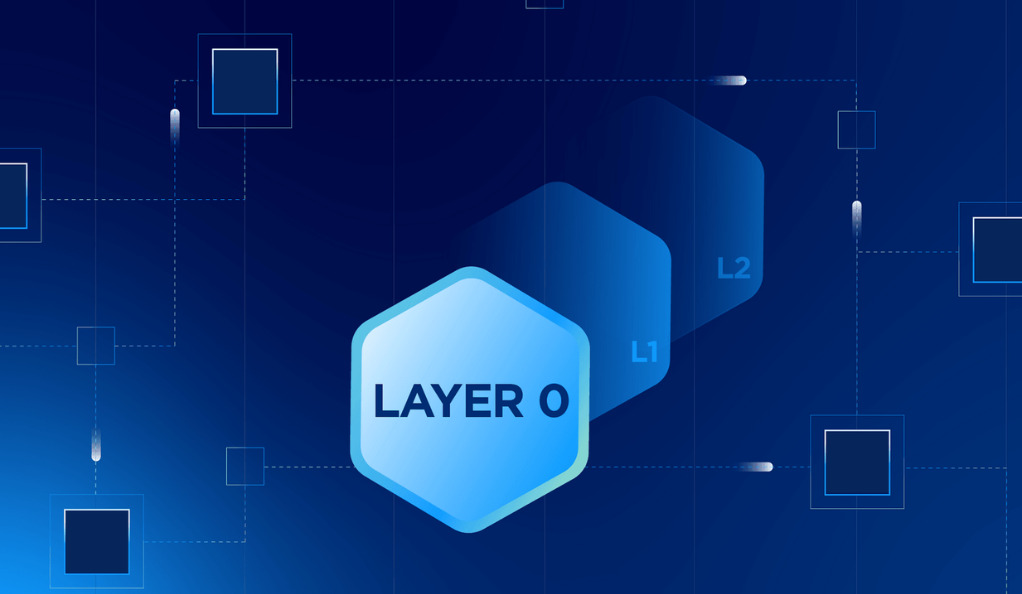Exploring Layer 0 Blockchain’s Impact on Future DeFi Applications
Decentralized finance (DeFi) has been a game-changer in the world of finance, bringing about an environment where people can participate in financial activities without the need for intermediaries like banks. A critical component of this revolution is blockchain technology, particularly the recent development of Layer 0 solutions. This article explores the growing importance of Layer 0 blockchain in the future of DeFi applications.

Understanding Layer 0 Blockchain: The Future Backbone of DeFi
The blockchain ecosystem is often divided into layers for easy understanding. The most commonly known are Layer 1 and Layer 2 solutions. Layer 1 refers to the blockchain itself, such as Bitcoin or Ethereum. Layer 2 solutions sit on top of the base blockchain and are intended to enhance its scalability, such as Lightning Network for Bitcoin or Plasma for Ethereum. However, a new concept has emerged recently, known as Layer 0, which aims to further improve the flexibility and functionality of the blockchain. Layer 0 is a network infrastructure layer that sits beneath the base blockchain layer (Layer 1) and is designed to improve the base blockchain’s scalability, interoperability, and security.
One of the main advantages of Layer 0 solutions is their ability to enhance the scalability of blockchains, a key concern in the current DeFi landscape. By handling much of the data and computational loads off-chain, Layer 0 solutions can significantly reduce congestion on the main blockchain, thereby increasing transaction speed and reducing associated costs. Furthermore, Layer 0 also provides a framework for interoperability among different blockchains, allowing for seamless integration and transfer of value across different blockchain platforms. This feature is critical for the future of DeFi, which is expected to involve a myriad of different blockchain platforms.
Implications of Layer 0 Blockchain Technology on DeFi Applications
Bridging the gap between different blockchain platforms, Layer 0 technology is expected to play a significant role in the future development of DeFi. With its interoperability feature, Layer 0 can facilitate seamless transactions between different blockchain environments, allowing users to freely move assets across various DeFi platforms. This fluid movement of assets would enhance the overall liquidity in the DeFi ecosystem, making it more appealing to a broader range of participants.
Moreover, Layer 0 technology can also improve the security of DeFi applications by segregating duties and placing specific tasks off-chain. This would prevent a single point of failure, and thus greatly reduce the risk of attacks. With increased security, Layer 0 could help foster user trust in DeFi applications, a key factor in driving wider adoption. Finally, the improved scalability offered by Layer 0 solutions could catalyze the development of more sophisticated and efficient DeFi applications, effectively paving the way for the next generation of financial innovation.
In conclusion, Layer 0 blockchain technology holds great promise for the future of DeFi. By enhancing scalability, enabling interoperability, and bolstering security, Layer 0 stands to elevate the DeFi ecosystem to new heights. As DeFi continues to evolve and mature, the importance of Layer 0 solutions in facilitating this evolution cannot be overstated. It’s clear that the future of DeFi will be deeply interconnected with the development and adoption of Layer 0 blockchain technology.
Bitcoin-up is dedicated to providing fair and trustworthy information on topics such as cryptocurrency, finance, trading, and stocks. It's important to note that we do not have the capacity to provide financial advice, and we strongly encourage users to engage in their own thorough research.
Read More